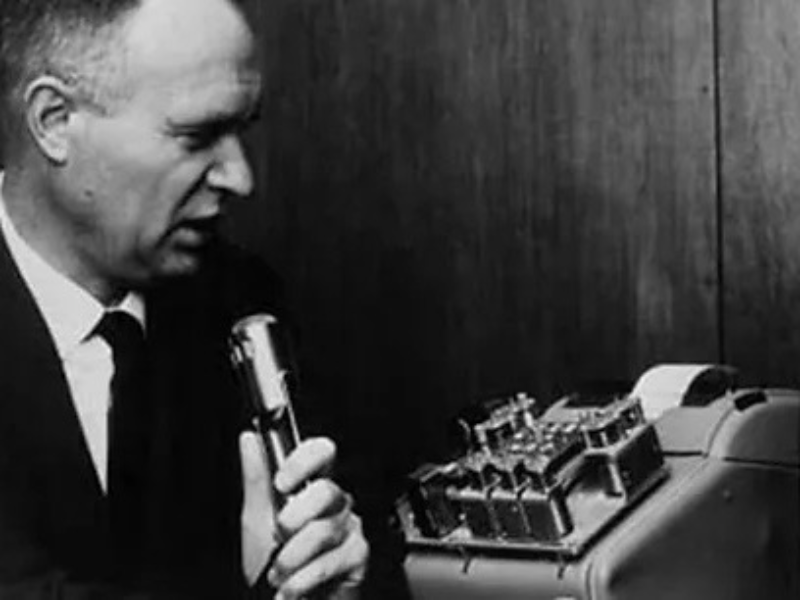- A pioneering software introduced in 1992 by Dragon Systems marked a significant step in voice interface technology, allowing users to dictate text to their computers using natural language.
- Developed in the early 2000s, Wildfire was one of the first voice-controlled virtual assistants, offering features such as making phone calls, sending messages, and scheduling appointments, laying the groundwork for modern voice assistants.
- While Wildfire may not have achieved widespread adoption, its innovative approach influenced the development of voice assistant technology, shaping the trajectory of future advancements in artificial intelligence, natural language processing, and machine learning.
Voice assistants have become an integral part of our daily lives, helping us navigate tasks, gather information, and control smart devices with just a few spoken words. But have you ever wondered where it all began? The journey of voice assistants traces back to a pioneering innovation that laid the foundation for the intelligent assistants we rely on today. Join me as we explore the origins of voice assistants and delve into the story of the very first voice assistant.
The genesis of voice assistant technology
The concept of voice-controlled computing dates back several decades, with early attempts to develop systems that could understand and respond to human speech. However, it wasn’t until the late 20th century that significant breakthroughs paved the way for the emergence of the first practical voice assistant.
In 1992, a team of researchers at Dragon Systems, led by James and Janet Baker, introduced a groundbreaking software program known as DragonDictate. This pioneering application, based on advanced speech recognition technology, allowed users to dictate text to their computers using natural language. While DragonDictate primarily focused on transcription and dictation, it marked a crucial milestone in the development of voice interface technology.
Also read: Mercedes-Benz unveils AI-enhanced MBUX virtual assistant for personalised driving experience
The birth of Wildfire
Building on the success of DragonDictate, another pivotal moment in the history of voice assistants occurred in the early 2000s with the creation of “Wildfire.” Developed by a startup company founded by James and Janet Baker, Wildfire aimed to revolutionise the way people interacted with their phones and manage their daily tasks.
Launched in 2000, Wildfire was a voice-controlled virtual assistant designed to assist users with various tasks, including making phone calls, sending messages, scheduling appointments, and accessing information. Unlike previous voice recognition systems, Wildfire integrated advanced natural language understanding capabilities, allowing for more conversational interactions with users.
The legacy of Wildfire
While Wildfire may not have achieved the widespread adoption of modern voice assistants like Siri or Alexa, its innovative approach laid the groundwork for future advancements in voice interface technology. The development of Wildfire demonstrated the feasibility and potential of voice-controlled virtual assistants, inspiring further research and innovation in the field.
Following the acquisition of the company by Nuance Communications in 2000, Wildfire’s technology continued to evolve and contribute to the advancement of speech recognition and natural language processing capabilities. Elements of Wildfire’s technology eventually found their way into various products and services, shaping the trajectory of voice assistant development in the years to come.
Also read: What AI voice generator is everyone using?
The evolution continues
Since the pioneering days of Wildfire, voice assistant technology has undergone remarkable evolution and expansion, with major tech companies investing heavily in the development of their own virtual assistant platforms. Today, voice assistants like Siri, Alexa, Google Assistant, and Cortana have become household names, offering a wide range of features and functionalities across different devices and ecosystems.
As we look back on the origins of voice assistant technology, it’s clear that the journey is far from over. With ongoing advancements in artificial intelligence, natural language processing, and machine learning, the future of voice assistants promises even greater levels of sophistication, personalisation, and integration into our daily lives.

